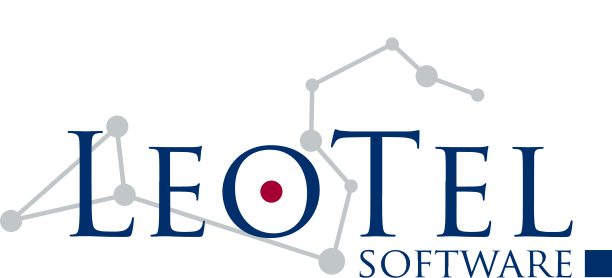Seed banks such as the Millennium Seed Bank facility at Wakehurst, Sussex, and research institutions around the world maintain plant material and seeds in storage. They can be valuable archives of genetic material for conservation projects and plant research; for example, developing grains which are more resistant to drought or other conditions.
A seed continues to respire, i.e. metabolise energy, even during its dormancy period, and factors such as temperature and humidity affect the rate of respiration and deplete the moisture and energy stores within the seed casing. As a result, the viability of seeds deteriorates over time.
A variety of storage methods are used in order to maintain viability of the stock. Some seeds are tolerant of freezing, and cryogenic freezing is used to preserve the seed batches in storage.
The Project
Our client’s core business is the manufacture of RFID container and reader systems for cryogenic freezers. Batches are located according to a hierarchy of RFID tagged container vessels in the freezer.
Our client was contracted to supply a Nigerian research institution with a custom web interface and integrated RFID system for their cryogenic seed bank storage.
The system needed to map the RFID tagged containers to information about the seed, including the size of the batch and its viability over time, with a web interface for configuration of the software system and rapid storage and retrieval of data related to batches of seeds.
Our Role
We were already familiar with our client’s RFID reader technology and databases, through related firmware projects with them.
We worked closely with our client’s software engineering and hardware design team to agree the software requirements, database structure and design of a RESTful API.
LeoTel engineers designed, implemented and tested the web application and backend to the system. The user interface was simple and designed to minimise the amount of time spent administering the batches.
The Technology
Web Application
The frontend web application was written in JavaScript using the Aurelia web development framework and readily-available JavaScript web packages such as Node.js.
Web Server
The web server target at the institution was a Windows PC on a local area network.
The web server was Microsoft C# web server application which implemented the server side of the seed bank RESTful API and interfaced with the seed bank database.
The Benefit
We are familiar with the requirements of the scientific sector, vis-à-vis asset tracking, accuracy and record keeping.
We were able to provide technical oversight to our client on their database structure and draw on our experience building web interfaces for laboratory and telecommunications equipment; importantly, we shared this knowledge with our client’s engineers such that they were able to take on the ongoing product maintenance and modifications to the system going forward.
Finally, this was an opportunity for our client to provide a complete solution for a specific customer, while building up a framework of code that could be deployed as a more generic system later on, and this was something that a good modular design makes possible.

